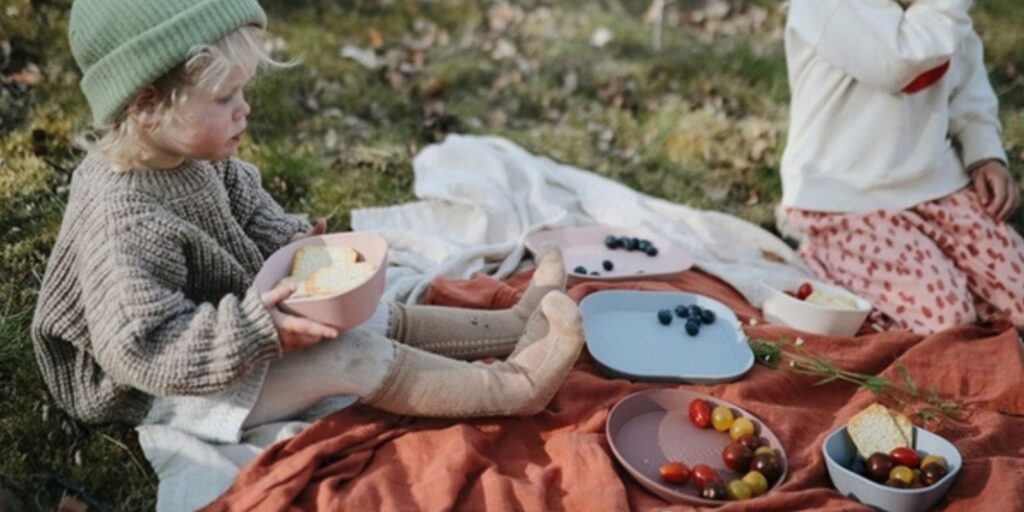12 Common Choking Hazards in Your Home
Babies and toddlers learn by exploring the world around them with their senses—yes, that means sticking almost anything they get their hands on in their mouths. Babies and small children are at a high risk of choking: they have small throats that are more easily obstructed, and they aren’t developmentally capable of chewing foods adequately.
Here’s what you need to know about the most common choking hazards for little ones, and how to keep your household safe for tiny explorers.
Foods That Are Common Choking Hazards
Here’s a little news that will lower your blood pressure: almost all foods can be modified to be developmentally appropriate for your baby, and we’ll include those adjustments, below.
- Whole hot dogs or sausage links. Hot dogs are the top cause of food-related choking in children under three. Avoid serving hot dogs to any child under a year old, and then modify them by halving lengthwise and thinly slicing when serving to any child under four.
- Whole grapes and cherry tomatoes. The spherical shape of grapes and tomatoes makes them an instant choking hazard. Make sure to halve them (top to bottom) for toddlers, and quarter them for babies (and also remove any seeds).
- Any hard and raw fruits or veggies. Fruits and veggies like apples and carrots should be cooked before feeding them to babies that are under twelve months old (and peeled, if applicable). For toddlers, they should be cut into very small pieces or grated into small shreds.
- Spoonfuls of peanut butter. Peanut butter should be thinned with breast milk or formula when introducing it to your baby. For older toddlers, spread it on a cracker or piece of bread instead of offering a large dollop.
- Chunks of cheese. Cut cheese into small manageable pieces before giving it to your kiddo.
- Marshmallows. The texture of marshmallows is just right for sticking in windpipes—save marshmallows for children over four.
- Popcorn and whole nuts. Babies and young children can’t chew popcorn or whole nuts sufficiently to swallow safely. They’re another kind of treat that should be reserved for kiddos over four.
- Gum and hard candy. Gum and candy is especially easy for kids to inhale, so it’s best to just avoid them entirely (and save the sugar consumption, too!).
Household Items That Are Common Choking Hazards
An easy rule of thumb for determining if an object is a choking hazard: if it fits within the tube inside a roll of toilet paper, it’s a choking hazard.
- Balloons. Balloons are the leading cause of choking deaths in children. They are easily inhaled by children trying to blow them up, or by children chewing on uninflated balloons (and even pieces of balloons that have popped). If you’re in party prep mode, opt for the Mylar version instead.
- Coins. The round shape makes any coin a choking hazard, but quarters and nickels pose the biggest risk because of their size.
- Bottle tops. Tops from water and soda bottles are often left lying around the house or car, and the cylindrical shape makes them a choking hazard.
Finding What’s Right for You
Albee Baby is the oldest family-owned specialty baby shop in the US, and we pride ourselves on providing our customers with the best assortment of baby products anywhere, at fair prices, always. We’re committed to being an inclusive resource for parents, and hope you’re feeling empowered to find the right car seat for your family. Still have questions? Feel free to contact our baby gear experts at 877.692.5233 or by email at [email protected].

